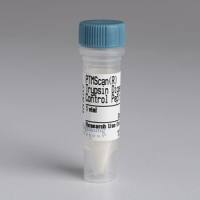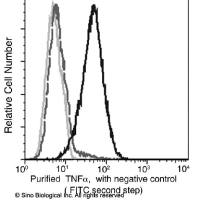Innate social behaviors like intermale aggression, fear, and mating rituals are important for survival and propagation of a species. In mice, these behaviors have been implicated to be mediated by peptide pheromones that are sensed by a class of G protein-coupled receptors, vomeronasal receptor type 2 (V2Rs), expressed in the pheromone-detecting vomeronasal organ (VNO) (Chamero et al., Nature 450:899–902, 2007; Haga et al., Nature 466:118–122, 2010; Kimoto et al., Curr Biol 17:1879–1884, 2007; Leinders-Zufall et al., Nat Neurosci 12:1551–1558, 2009; Papes et al., Cell 141:692–703, 2010). Matching V2Rs with their cognate ligands is required to understand what receptors the biologically relevant pheromones are acting on. However, this goal has been greatly limited by the unavailability of appropriate heterologous tools commonly used to carry out receptor deorphanization, due to the fact that this family of receptors fails to traffic to the surface of heterologous cells. We have demonstrated that calreticulin, a housekeeping chaperone commonly expressed in most eukaryotic cells, is sparsely expressed in the vomeronasal sensory neurons (VSNs). Stable knock down of calreticulin in a HEK293T derived cell line (R24 cells) allows us to functionally express V2Rs on the surface of heterologous cells. In this chapter we describe protocols for maintenance and expansion of the R24 cell line and functional assays for V2Rs using these cells.






